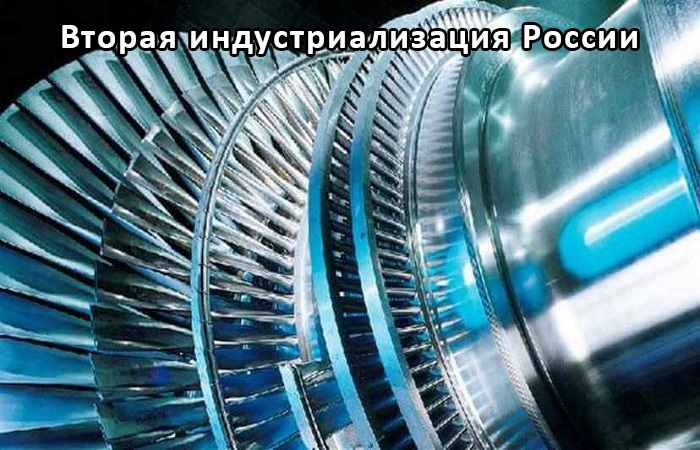Model-free technology of casting parts from titanium alloys, centrifugal pressure investment casting technology in sand the form of iron aluminium bronze gravity die casting

Model-free technology of casting parts from titanium alloys.
Model-free technology of casting parts from titanium alloys eliminates the use of models. It uses a graphite workpiece of complex configuration, which allows to obtain parts with greater dimensional accuracy.
Description:
Model-free technology of casting parts from titanium alloys eliminates the use of models. It uses a graphite workpiece of complex configuration produced by milling on machine tools with numerical control. Graphite almost does not react with the titanium melt, so the castings obtained thin-walled, without contaminated alteromonas layer, which reduces the ductility of titanium and you want to remove.
The developed technology will allow not only to make forms entirely from domestic raw materials (currently used ceramic forms, components for which are supplied from abroad), but also to parts with greater dimensional accuracy than traditional methods of casting. Another advantage of model-free technology is its low cost and environmental safety, in comparison with the Western analogues.
The wall thickness of the casting is 3-4 mm. In the world practice this technology is not known. In the manufacture of castings by conventional techniques, the wall thickness is 10 mm, and requires environmentally harmful etching operation — removal of excess material chemical acid. For this procedure you will have created a line of environmentally harmful production. Model-free casting does not require etching and casting blown by fraction, reducing the wall thickness. In addition, the new technology allows to minimize the cost of machining the product.
Advantages:
– cheaper
– environmentally safe,
– allows you to get more accurate details
– eliminates line etching.
Application:
– the aviation industry,
– engine building.


